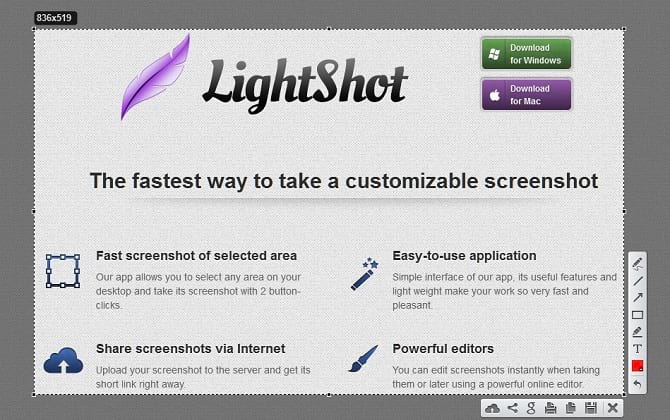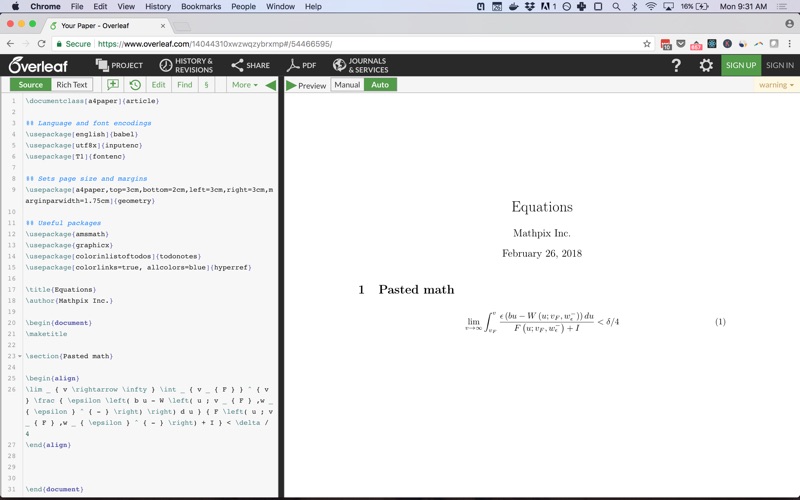
The sharing options include a password-protection feature and a self-destruct timer. You can not only edit and annotate screenshots as usual, but also share them with ease. Get Snappy if your work involves collaborating on screenshots or “snaps” often. This app lets you capture various onscreen elements and edit or annotate them without having to open another app. You can also blur elements, highlight specific areas, and upload screenshots to the cloud.

Monosnap lets you edit screenshots and add arrows, boxes, and text to them. This app sits in your Mac’s menu bar, and you can access it with a keyboard shortcut. Want advanced features that aren’t included in the built-in screenshot tools on your Mac? While this not an exhaustive list of the best screenshot apps for Mac, you can try one of the three third-party snipping tools from below.
#Snip tool on mac how to#
How to Take a Screenshot on a Mac With Third-Party Snipping Tools
#Snip tool on mac install#
If you’d rather not fiddle with the Terminal, install a utility that lets you tweak macOS settings without Terminal commands. If you want to replace the default prefix ( Screenshot) in screenshot names with a different keyword, try this command: defaults write name & killall SystemUIServerīe sure to replace in the command with the new prefix before execution. To Change the Default File Name for Screenshots However, the command appears only when you hold down the Option key while control-clicking. It is one of the top-rated snipping tools that record screens and create GIFs as well. The tool comes with cloud storage features, enhanced security, and screen recording at a relatively lower cost. Quickly capture and share screenshots, GIFs, and recordings for free. Whether you need a high-resolution Mac snipping tool for personal, business, or enterprise use, Droplr is the best snipping tool for Mac. You’ll find the Copy as File Path command in the destination folder’s Control-click menu. With easy-to-use annotation tools, Zappy can help you collaborate with your teammates fast. You can either type the file path into Terminal, or drag and drop the relevant folder into Terminal to paste its file path.Īlternatively, you can also copy the file path and then paste it into Terminal. Replace with a new Finder save location that reads something like this: /Users//Pictures/Screenshots


Mac’s snipping tool isn’t an application, but rather a keyboard shortcut. Swipe in from the right edge of the screen, select Search, enter snipping tool in the search box, and then select Snipping Tool from the list of results. The easiest way to take a snip on Mac is to use the built-in Mac snipping tool. Defaults write location & killall SystemUIServer Select the Start, enter snipping tool, then select Snipping Tool from the results.


 0 kommentar(er)
0 kommentar(er)
